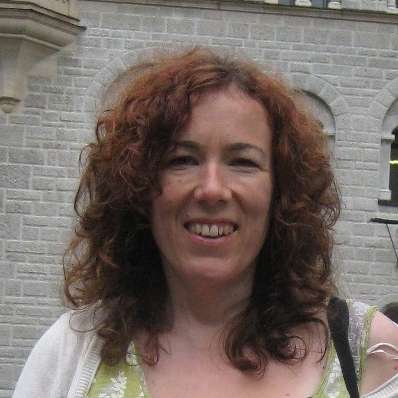Like an exquisite insect with a fleetingly brief lifespan, the Aldeburgh World Orchestra has been created as part of the 2012 Cultural Olympiad, and brings together young people from 35 countries across all five continents for a few intense weeks of rehearsal, tutoring and performances under the baton of Sir Mark Elder. And what a programme: all of it musically and emotionally challenging, a huge demand for any seasoned orchestra, let alone a freshly formed one whose players have only just met.
Britten’s Sinfonia da Requiem provided the perfect introduction to this astonishing project, both in its subject matter, as a powerful call for peace, and in its musical content: the extremely demanding brass parts, intricate flute solos and driving, energetic rhythms were themes that were repeated throughout the programme. The piece was written as a commission for the Japanese government to mark 2,600 years of the Mikado dynasty – given that it was 1940, it’s not hard to understand why Britten’s overtly Christian and pacifist offering was angrily rejected by the Japanese. After an initial thunderous brass and percussion opening, the first movement (Lacrymosa) with its insistently repeating rising theme was urgent and questioning, taking nothing for granted. There were one or two little moments in this work – and in the Stravinsky – where timing wasn't completely tight and entries were inaccurate, but given the short timespan in which this orchestra have been playing together, such slips were entirely forgiveable.
I find that youth orchestras sometimes fall into the trap of overdoing the volume, but this was notably absent this evening, when several loud passages were carefully balanced to give a good overall sound without blurring individual parts. The frantic Dies irae second movement, with its relentless brass grinding down all opposition, was one such moment, and another came in the huge dissonant chord that marks the climax of the Adagio of Mahler’s unfinished Tenth Symphony, when it was still possible to hear all the elements of the chord.
Mahler wrote his Tenth Symphony whilst dying, literally, of a broken heart, struck down by the discovery of his wife’s infidelity. The Aldeburgh World Orchestra approached this work with a lightness of touch, careful not to pile on the anguish, but letting Mahler’s lovely string-writing speak for itself. Again, we had heroic brass playing, with very long, high trumpet notes and some beautiful flutes, but this was really a piece for the string section, especially the violas who brought a gorgeous tone to their long opening theme.
Both Britten and Mahler’s pieces end on quiet introspection, but there was little of that in the second half of the concert, which began with the world première of At the Speed of Stillness by the young British composer Charlotte Bray. Beginning with a shimmering opening on harps and marimbas, this wonderful piece was restless, fidgety and unsettled, full of contrasts of timbre and rhythm. There were always several different things to listen to at once, such as Stravinsky-style percussive strings set against jittery flutes. In a structure that reflected Mahler’s piece, sudden big chords almost stop the perpetual motion, but not for long, and the restless opening is repeated, with the addition of a dancing double bass and piano part. That the audience at the Royal Albert Hall loved this work was clear from the rapturous applause Bray received.
Everything that I most enjoyed about the way the orchestra played the first three works came together in Stravinsky’s ballet The Rite of Spring. After a tantalisingly long pause, the famous high bassoon solo that opens the work was extraordinarily beautiful, and quite unlike the slaughtered beast effect that this moment usually evokes. Principal Tamsin Thorn took it at a leisurely pace that gave it a lilting, folk-like feel, and this was taken up by the other woodwind parts, both in the opening section and throughout the piece, such as in the alto flute and cor anglais duet.
The quieter moments of Stravinsky’s ballet were particularly effective this evening – the muted trumpets in the introduction to Part 2 were astonishingly quiet, creating a very spooky effect, and I enjoyed the cellos in the "Glorification of the Chosen One". As the work gathers momentum, there was always a sense of things still being under control, until finally the orchestra let themselves go in an intoxicating "Dance of the Chosen One" that closes the work. It was a wonderfully exciting moment, drawing the listener in to seek oblivion in the music, and the final solo flute flourish and crashing chord were timed to perfection. The cheers began almost before the notes had stopped.


